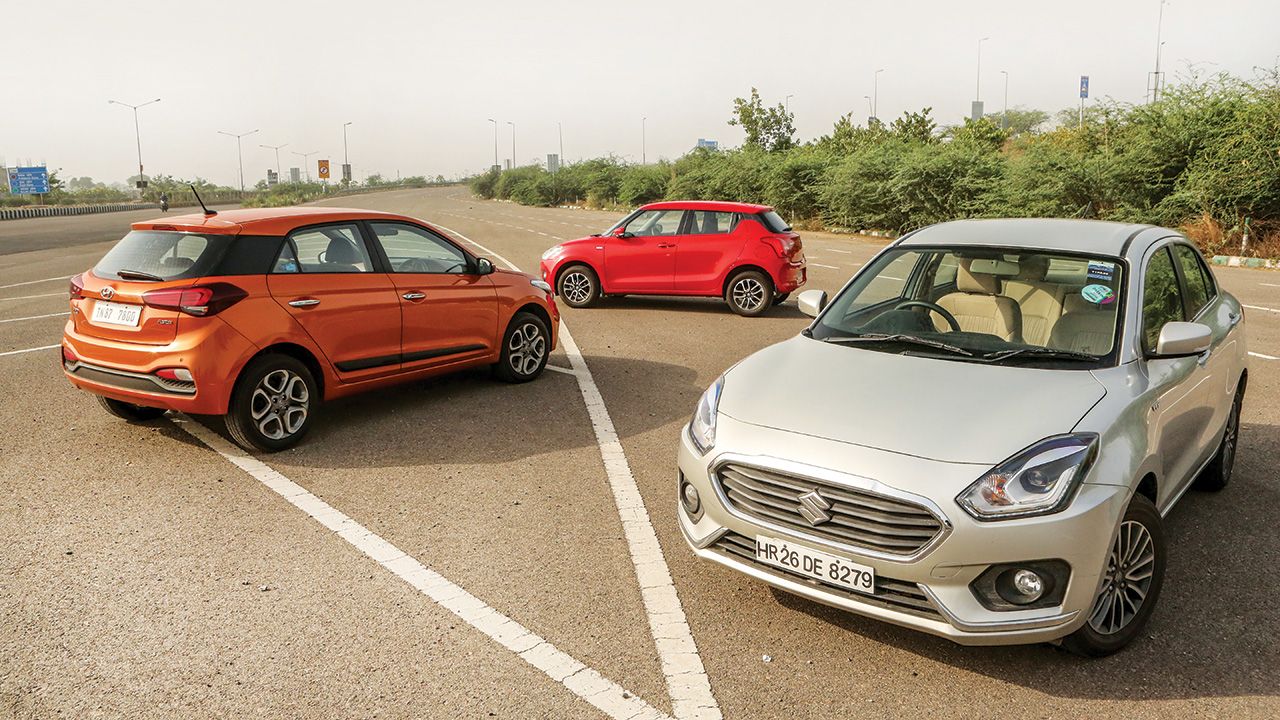
Is India’s much-vaunted sub-4 metre rule for passenger cars still relevant? Srini wades into the issue.
This is a controversial topic that cleaves the Indian four-wheeler OEMs into two groups: pro or anti-sub-4 metre. It’s a rule that makes product planners at car companies want to bang their heads in frustration extra hard and number crunchers enter new dimensions on MS Excel.
When it was announced by Finance Minister P Chidambaram in his Budget speech in 2006, the idea behind it, as he said then, was to make India a hub for the manufacture of small and fuel-efficient cars. Fast forward to 2022. Despite the upheavals of the market all these years, the industry is selling a decent number of cars. They could have sold more had it not been for the unpredictable and powerful headwinds of the past three years. However, we continue to remain one of the top five car markets and manufacturing countries in the world.
In 2021, of the top-ten cars sold in India, only two were over four metres in length, and sub-4 metre cars continue to dominate the marketplace. Also, from awkward, hastily put together clumsy-looking vehicles, the sub-4 metre category today has proportionate and well-designed sedans and SUVs. Many of these exceed not only Indian safety regulations but perform well in ratings of other independent agencies too. They are also designed to be fuel-efficient – a deal-breaker in India if they aren’t. These sub-4 metre cars that roll out of plants in India are world-class and are sold in many developed markets as well. Yes, we are today, as Mr Chidambaram wished, a global hub for small and fuel-efficient cars.
So what’s the problem? The rule remains an irritant to many OEMs, who say that four-metres is arbitrary or that the government need not decide whether an engine should be of X capacity or Y. More importantly, many say that it is difficult to meet tougher emission and safety standards under such regulations. Their frustration is understandable. But the key reason why they are upset is that making money out of a small car is tough, and it’s even tougher to be profitable on a value-for-money small car. What’s more, their irritation stems from the fact that they are missing out on a whopping 70% of the Indian car market. And these rules trip them up when they try to make economic sense of these India-specific models and how they align with their global portfolio.
Is India unique in promoting small cars? No. Japan’s Kei car regulations, which were implemented to address vehicle density and space constraints (and tweaked when necessary), have been successfully adopted by OEMs there. So if Japan has a rule to address its lack of space, why can’t India have a rule to address its lack of purchasing power? Anyway, one can’t expect OEMs protesting against this rule to make cars longer than four metres with large engines and sell them at cutthroat prices, right? Also, if these cars meet safety and emission standards, and are cheaper because OEMs pass on the tax benefits to the consumer, is it wrong? How else do we address the vast majority of Indians who can’t afford cars but would like to ferry their loved ones around in safety and comfort? Then there is the pride of ownership, unique to the largest two-wheeler market in the world – an Alto could be a Rolls-Royce in the eyes of a 100cc biker’s family. Tomorrow, if regulations are updated to include an electric powertrain, that will spur further innovation and we could potentially be the global hub for affordable electric vehicles.
I asked Ravi Bhatia, President, JATO Dynamics – who’s a keen observer of Indian and global market dynamics – what he thought of the relevance of the sub-4 metre rule. To which his answer was, ‘What bad has come of it? I don’t see any!’ Ah, that’s a point. ‘Whatever reasons may have prompted the regulation, the result is that a lot of innovation has taken place in the category: proper five seaters, efficient petrol engines, lightweighting, new categories… In fact, 59% of SUVs in India are now below 4 metres in length. The ruling has nurtured the development of the Indian car market and enhanced the use of cars for people in the low-income category,’ he says. Okay, so I take that as a yes. According to him, taking the ruling away will impact the size of the car market, as it will affect the growth and volume drivers. ‘No one wants a small car if they have a choice. But can you offer a bigger car at low prices?’ I think we are going to hear more about this topic. What do you think?
Read more:























Write your Comment